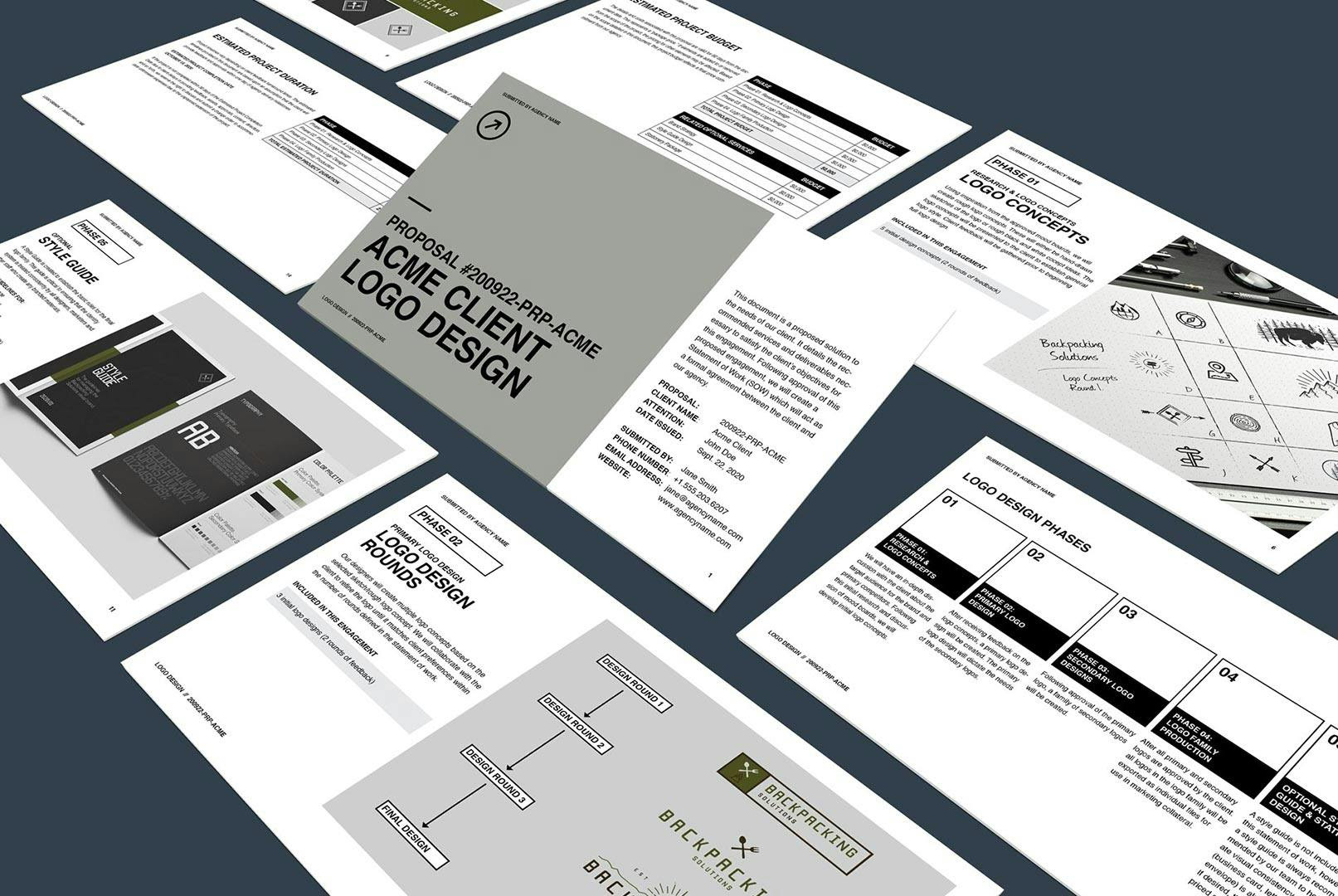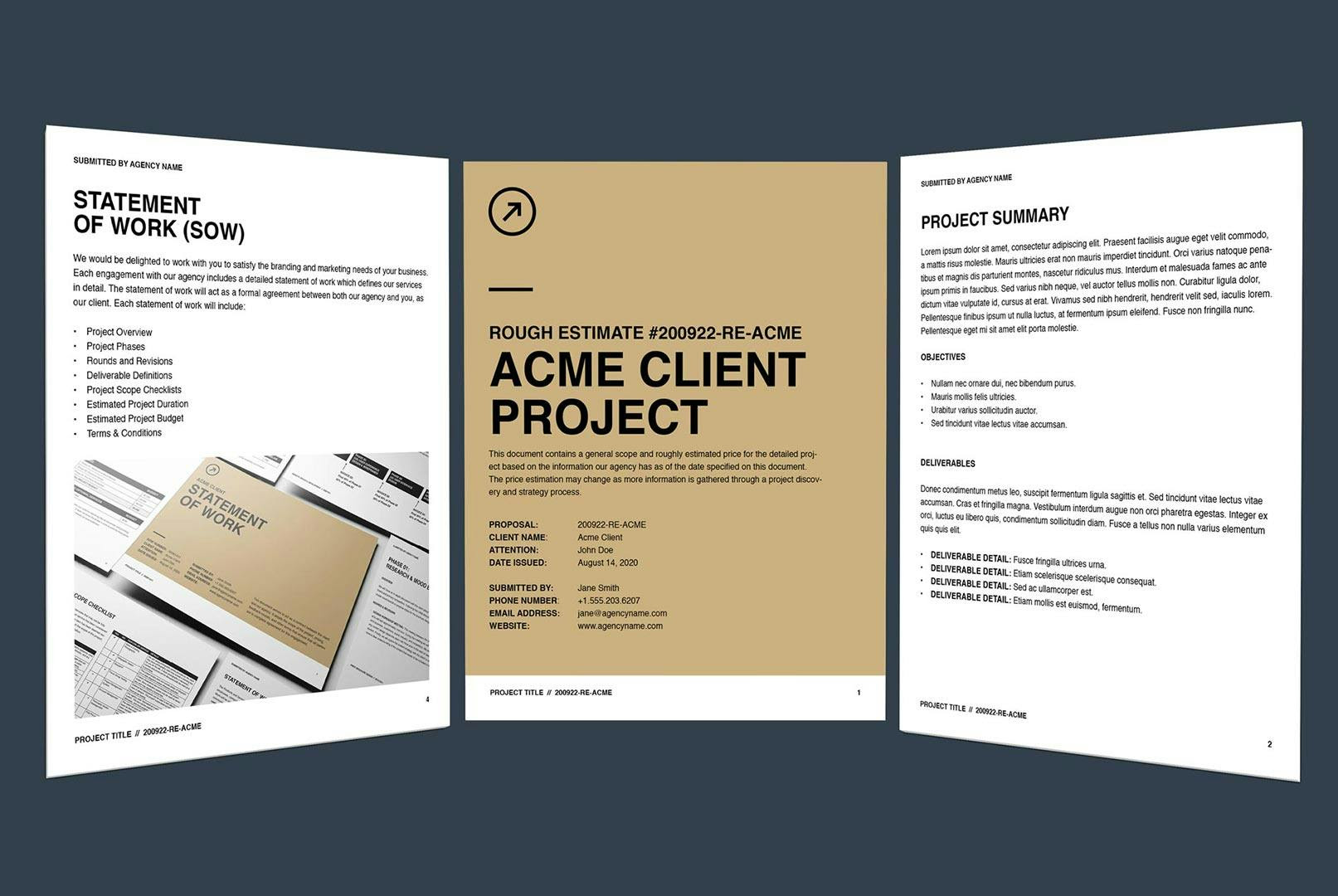You tried every tactic in the book to extract your client’s budget.
“How much do you want to spend on this?”
“Are you wanting a high-end solution or a low-end solution?”
“An Audi R8 and a Chevy Malibu will both get you from point A to point B. Which of those would you use to classify your project?”
You even gave them a number, “Our last few projects similar to this ranged between $5,000 on the high side and $3,000 on the low side. Are you comfortable with that budget range?”
This last approach usually results in some financial reaction, but in this situation, your client gave you nothing. They seemed immune to every strategy and refused to give you any sense of what they would like to spend on this project, usually saying something like, “We are collecting bids from several agencies and then we will decide what we want to spend.”
What are you going to do?
Option 1: Create a Proposal, a Flawed Approach
You could spend several hours and craft a proposal, but with no sense of the client’s budget, you are taking a big risk. You invest your valuable time to create and send a comprehensive proposal only to find out that your client was just fishing for prices and not really ready to spend the money.
 I got burned on this many times before I stopped risking my time creating full-blown proposals for clients who were potentially fishing for prices and ideas.
I got burned on this many times before I stopped risking my time creating full-blown proposals for clients who were potentially fishing for prices and ideas.
Option 2: Email the Client Some Numbers, You Can Do Better Than This
Some creatives take the approach to just “email over some numbers.” While I appreciate the effort to save time by not crafting a full proposal for an unqualified client, I don’t recommend “emailing numbers” because it lacks the formality required to position your business as a high-end solution.
In summary, don’t email numbers.
Option 3: The Rough Estimate, My Recommended Approach
When you don’t have a sense of the client’s budget, I recommend creating a “rough estimate” document and sending a budget range to your client. The “rough estimate” is a formal PDF with the following sections…
- Title Page: Include a project number and title.
- Project Overview: A brief three to five description of the project and what problem the client is trying to solve.
- Assumed Deliverables: What will be delivered from your business; website, print brochure, logo, etc.?
- Estimated Project Budget: A price range with a low price and a high price. Ideally, you hope to land a project somewhere in the middle of this price range.
- Next Steps: This page notifies the client what comes next. If they are happy with the budget and want to proceed with you, then you will create a formal proposal with an exact price, rather than the price range you provided in the “rough estimate.”
- Thank You Page: A formal closing page with your contact information.
The “rough estimate” approach allows you to create a FORMAL response to a project opportunity without all of the time required to craft a full-blown proposal or statement of work. It isn’t a time-consuming proposal, and it isn’t an informal email. It’s in the sweet spot in between.

This approach gives your client an official price (range) to react to without putting you on the hook to outline all of the project details at this phase of the potential engagement.
Use This Script
The next time you are qualifying a project opportunity and your client won’t give you a sense of their budget, tell them this.
“I understand your hesitancy to not share your budget; you want to see prices from multiple agencies. I think the best next step will be for us to provide you with a rough estimate. This will be a one or two-page document with the general scope as we understand it right now and a price range where we think it will require. If the price range looks good to you, we will move on to a discovery meeting where we fully define the scope. Then we can provide you with a fully accurate price and a formal proposal. Does that sound ok to you?”
This Is the Right Approach to a Client Without a Sense of Budget
- Try to discover the budget. If they don’t share it, proceed to the next step.
- Give them a rough estimate (a simple document with general scope and price range).
- If they are comfortable with the rough estimate, have a discovery meeting.
- Define the scope in detail and move on to give them a proposal.
- Don’t waste your time making full proposals for people if you haven’t qualified their budget.












